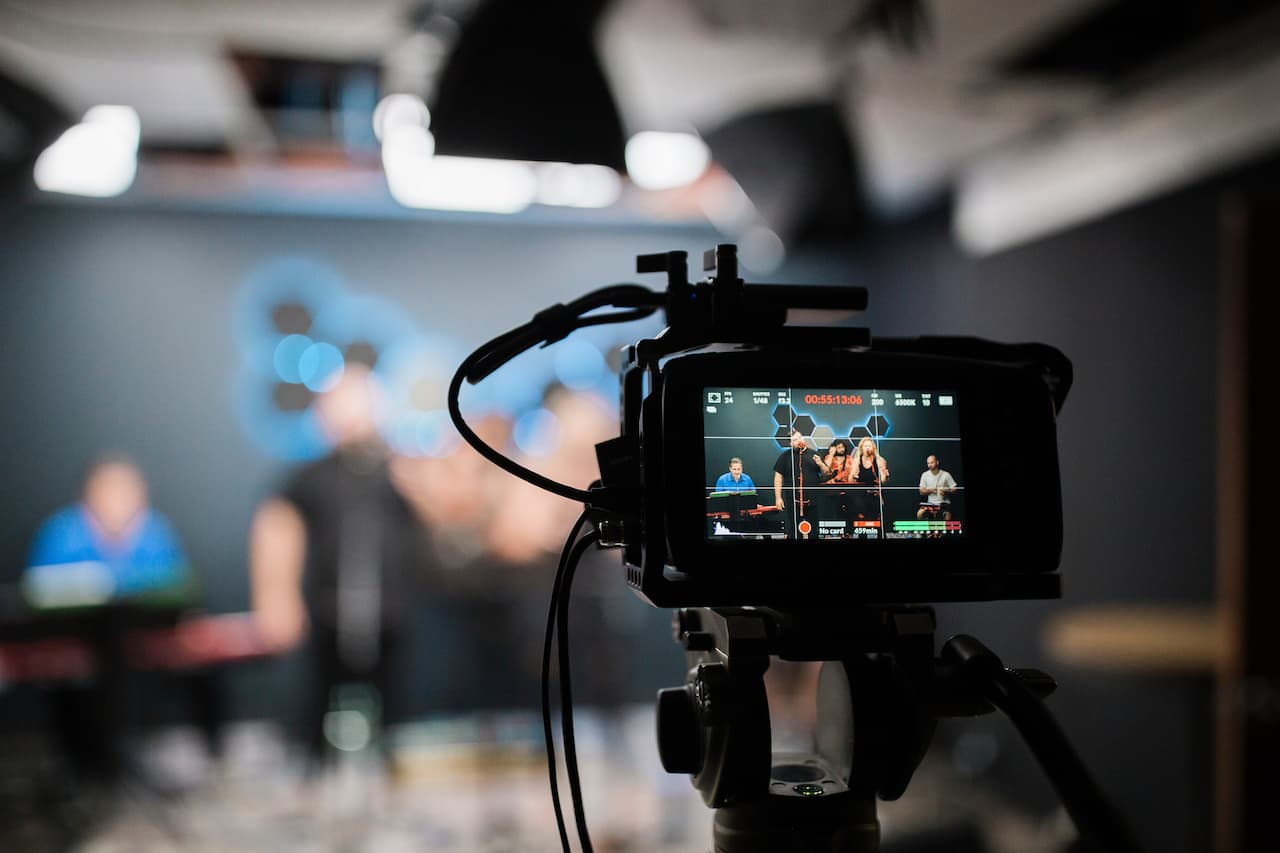
Table of Content
YouTube Live allows users to participate in real-time video chats. One approach to making one's content stand out in a sea of videos is hosting a live stream.
However, don't simply produce a product video or put up a static instructional on your website. Make it a web-based affair. Make a splash by making big announcements and bringing in high-profile visitors. With live Q&As and extra spontaneity, you may get more out of a conference by participating in the conversation.
Find out everything you need to know about YouTube live streams for a successful broadcast.
How to start a YouTube Live broadcast for the first time
1. Set up a YouTube channel
You'll need a YouTube channel before starting a YouTube Live broadcast. The homepage of your YouTube account is referred to as a "channel" by YouTube. This is where you'll keep all of your videos, material, and playlists if you're a frequent user.
Anyone who joins YouTube has access to a channel. The chances are that you already have a "channel" on YouTube if you signed up for an account or checked in using Google.
2. Make sure your channel is authenticated
If you want to broadcast live on YouTube, you must verify your channel. Add a phone number here to authenticate your account and access your data. Go to youtube.com/verify, register your phone number, and enter the verification code you get by SMS at the appropriate place on the website. You'll be able to broadcast live and post movies longer than 15 minutes after verification.

3. Enable streaming live video
Go to your YouTube dashboard to allow live broadcasting. "Live Streaming" is located on the left-hand side of the screen. To begin the steaming process, click the Start Streaming button. Verified accounts will receive the following page, indicating that they may stream content.
You must first input your phone number and then submit a code to verify your account. You'll need a specific program or software enabled for encoding before starting live streaming on YouTube. Returning to the streaming page will allow you to create and adjust your live broadcast.
How to get the most out of YouTube Live
Take a look at these pointers before starting your first YouTube live broadcast.
1. Organize the fundamentals
There should be a clear objective at the outset of every stream. Going live is an opportunity for you to achieve what? Decide what you want to accomplish and make a strategy to get there. Whether you're trying to build a relationship with your audience or market a product, your Livestream setup should reflect that purpose.
Define the role of each member of your team if you have one. Will there be only one host, or will there be multiple? Is a videographer required? If you decide to make the chat feature available, will a moderator be in place? Additionally, make sure you understand why your live video is different from your ordinary video. Use this information to maximize your broadcast.
2. Pick a time that works for you
There is no such thing as a perfect moment to go live. You may, however, choose anything that is the closest match. Check your YouTube Analytics to observe when your videos get the most views. It tells you when your audience is most likely to be online.
Look at where your viewers are coming from as well. Make sure you choose a time that works for your worldwide audience. Keep your YouTube live video up for as long as possible if you can't choose a time that matches your audience's preferred time zone.
3. Improve your setup
Once something is live, you cannot edit or redo it. Before you start broadcasting, go through the following setup checklist.
- Set up your shot.
- Change the illumination.
- Examine the audio.
- Charge your batteries.
- Check your internet connection.
- Disable interruptions.

4. Engage the audience
Convincing people to watch your live broadcast is half the battle. The other half is responsible for keeping them there. Here are some strategies for increasing engagement:
- Provide summaries
- Create anticipation
- Shout-out names
- Turn on live chat
5. Accessibility is a must for your live broadcast
Live automatic subtitles are enabled for YouTube channels with more than 10,000 followers. Make sure you utilize them if you have the choice.
Make sure you're speaking correctly and using basic terminology. The structure should be apparent. Allow the information you provide to sink in for a few moments before moving on. To help folks with visual impairments better grasp what is going on, explain visuals as much as possible.
Benefits of using YouTube streams on digital signage
The following are benefits on why YouTube Livestreams on digital signage is essential:
- Increased capacity for engagement
There is generally only so much room in a location for physical activities. Inviting as many people to "attend" your event through YouTube live broadcasting on digital signage is possible. Many individuals would want to attend an event but cannot do so because of prior obligations at work or rising costs.
By live broadcasting your event on YouTube, you may reach an audience you otherwise wouldn't be able to get. Live streaming eliminates geographical and size limits, allowing you to contact everyone on the globe.
- Wide variety of content use
YouTube Live video and audio streaming services aren't the only ones you can broadcast on digital signage. Images, text, and live chat are all options for incorporating video and multimedia into your presentation. Many systems allow a lot of freedom to access multiple presenting styles. Furthermore, you may convert your live feeds into on-demand material. It helps you to optimize viewing.
Displaying YouTube streams on your digital signage has many benefits, but you must know the best way to incorporate it into your strategy. You need the proper application if you want to deliver and schedule your YouTube stream on your screens. Luckily, the Look DS YouTube app got you covered whenever you have any live streams to display.










![Top 10 Easter Advertising Ideas to Drive Sales [+ Examples]](https://cdn.prod.website-files.com/5f46c318c843828732a6f8e2/65fa8697f31661d9d0bb6a01_Easter-Advertising-thumbnail.webp)



